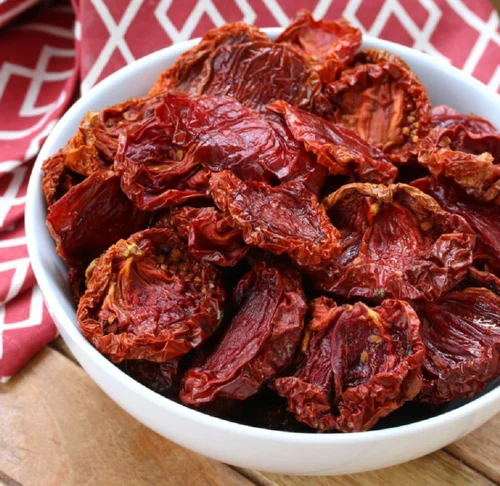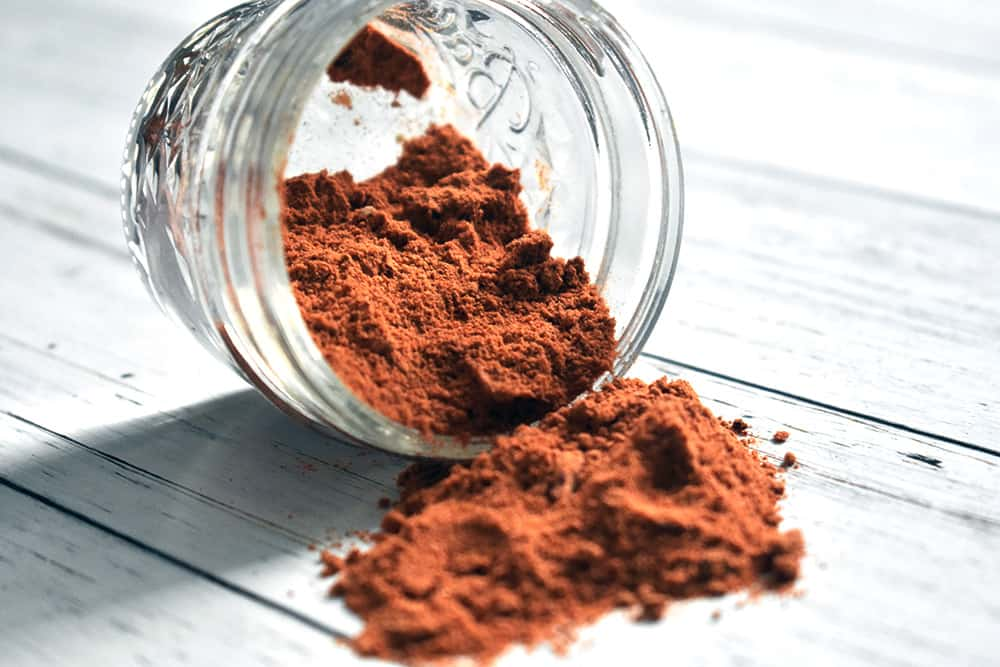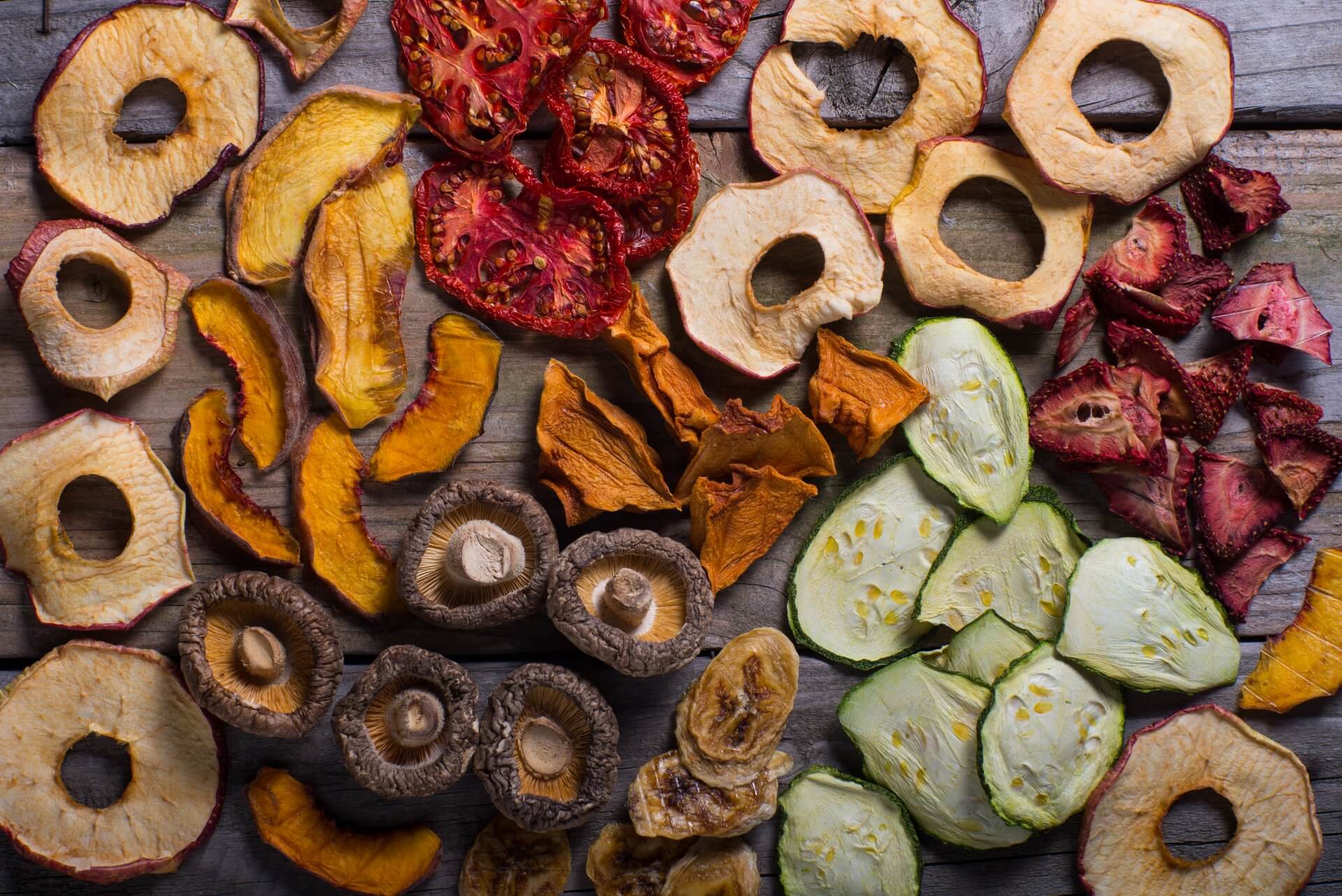Dehydrating vegetables is a fantastic way to preserve the abundance of your garden and enjoy seasonal flavors throughout the year. At my home, I dry as many vegetables as I freeze or can, ensuring that none of the summer harvest goes to waste. I typically dehydrate tomatoes, summer squash, peppers, celery, kale, mushrooms, leeks, and various herbs, among others. But the next question is: How do you cook with dehydrated vegetables? The process is surprisingly simple and fun once you get the hang of it.
Cooking with Dehydrated Vegetables: Tips & Ideas
Soups and Stews: A Perfect Match
Soup is one of the easiest and most satisfying ways to cook with dehydrated vegetables. Most dried veggies rehydrate in about 30 minutes, making them ideal for soups. You can add dried tomatoes, peppers, summer squash, green beans, or mushrooms to your soup base. I also like to throw in grains like brown rice, lentils, or farro, which also take around 40 minutes to cook, creating a delicious and hearty meal.

Quick-Pasta Dishes: Speedy Rehydration
For pasta dishes, breaking dried vegetables into smaller pieces speeds up rehydration. I use scissors to cut dried summer squash into thin strips and add them to pasta near the end of its cooking time. After draining the pasta, let it sit for 10 minutes, and you have the base for a warm pasta salad with rehydrated vegetables.
Dressings and Condiments: Adding Depth
Dried tomatoes are excellent for enhancing dressings and condiments. To rehydrate them, simply place slices in a heatproof bowl and pour boiling water over them for about a minute. This not only softens the tomatoes but also disinfects them, as they may have been exposed to contaminants during drying. After draining, you can combine the tomatoes with garlic, salt, and olive oil to create a flavorful jar of preserved tomatoes.

For salad dressings, crushed dried tomatoes rehydrate beautifully in an oil-vinegar mixture, usually within 30 minutes. You can also make creamy dressings by blending the rehydrated tomatoes with yogurt or mayo for a smooth, tangy texture.
Creative Uses for Dried Vegetables
Vegetable Powders: A Versatile Flavor Booster
Dried vegetables can be turned into powders, which are a versatile addition to soups, sauces, baked goods, and even smoothies. To make vegetable powder, ensure the veggies are fully dehydrated—crispy and crackling—before grinding them into a fine powder using a spice grinder or coffee mill. These powders should be used quickly or stored in airtight containers to prevent clumping, as they can absorb moisture from the air.

For a quick and comforting treat, mix a tablespoon of vegetable powder—like tomato—into steaming milk (or plant-based milk) to create an instant, thickened soup. This process not only adds flavor but also delivers a nutritious boost, free of packaging waste.
A Note on Preserving Nutrients
It’s important to remember that grinding dried vegetables into powder can cause some loss of nutrients due to exposure to light and air. For this reason, it’s best to make powders in small batches and consume them relatively soon after preparing.
Conclusion
Cooking with dehydrated vegetables opens up a world of creative possibilities, from soups and pasta dishes to dressings and homemade vegetable powders. With a bit of preparation, dehydrated veggies can easily become an essential part of your cooking routine, offering convenience and flavor throughout the year. So, embrace the art of dehydrating and enjoy the fresh taste of summer even in the dead of winter!
